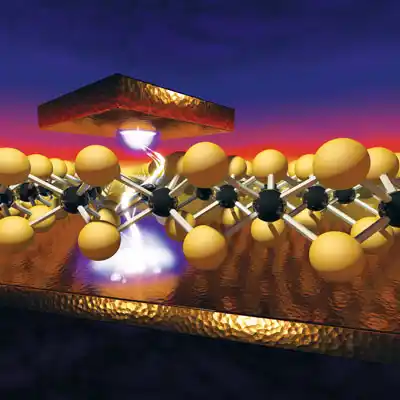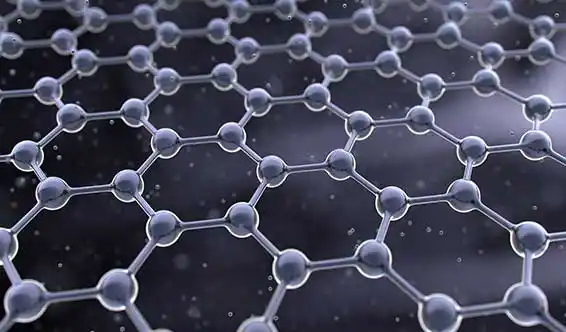افشین رشید
اُستادیار ؛ عضو هیات علمی دانشگاه آزاد اسلامی واحد علوم و تحقیقات تهران
618 یادداشت منتشر شدهThe behavior of nanostructures in the face of electric current

Note: Nano structures are (structures) that are produced and used on a very small scale. Nanostructures are created to show new properties compared to the same structure without nano-features such as increased strength, chemical reactivity or conductivity.
Nanostructures with any nanoscale external dimensions (size range from approximately 1 to 100 nm) or having nanoscale internal structure or surface structure define the catalytic reaction model in conductive nanoparticles. " Nanostructures" means a natural, incidental or manufactured substance containing particles, in the unconfined state or as an aggregate or as agglomerate and where for 50% or more of the particles in the number size distribution, one or more external dimensions within the size range 1 be nm - 100 in special cases and in cases where, the size distribution threshold may be replaced by a threshold between the particles of nanomaterials. a i=8>with one or more external dimensions less than 1 nm should be considered as vital tools in nanoelectronics. nanostructures that They react naturally. or produced as a by-product of combustion (unintentional) from combustion processes. They are usually physically and chemically heterogeneous and are often called porous particles. " On the other hand, nanostructures that are made of multiple structures with physical and electronic purposes for a specific purpose or function are produced and designed.

An example of this process is that nanoparticles are made to aid innanoelectronics . Carbon nanotubes are also made to be used in a process called nanotubes to create bacteria sensors. Nanotubes are used as composites. to bend in response to the application of an electrical voltage. Elsewhere, nanoelectronics such as (nanowires) also use nanomaterials - in this case, nanowires. Applications for the use of nanowires - zinc oxide nanowires - are used in flexible solar cells as well as nanotransistors.
Conclusion :
Applicability Nanostructures In terms of ability Catalytic reaction model in conductive nanoparticlesAn additional advantage is their high porosity, which increases the demand for their use in many nano-microelectronics industries. highlights their usefulness for specific needs.